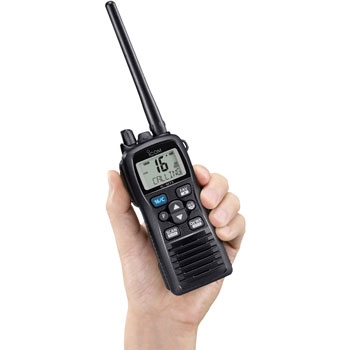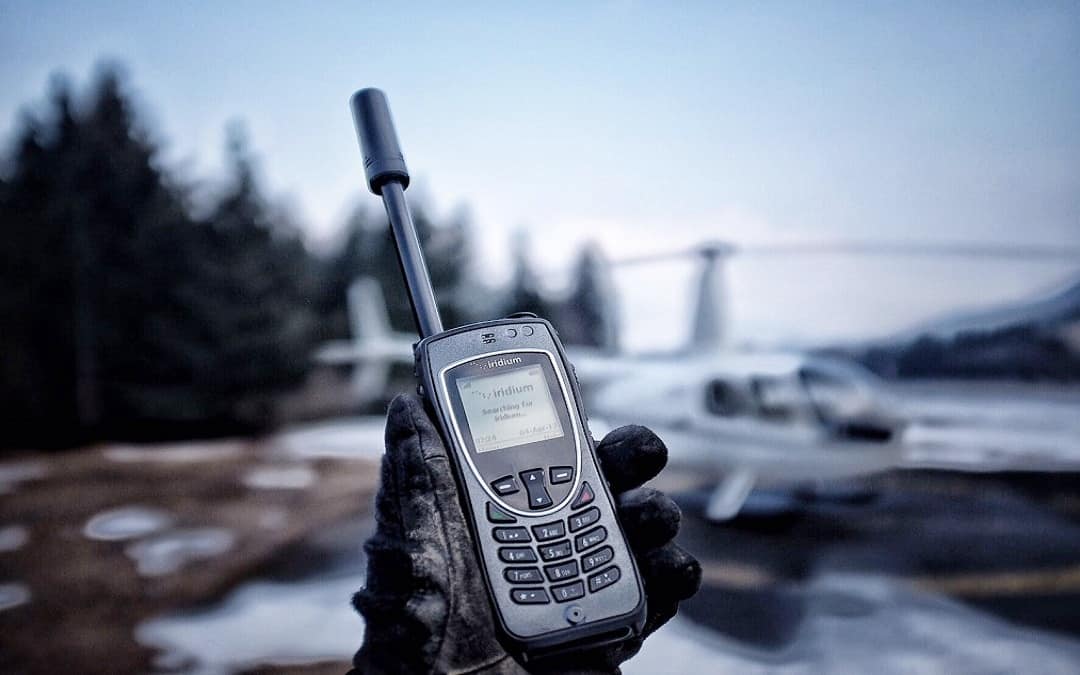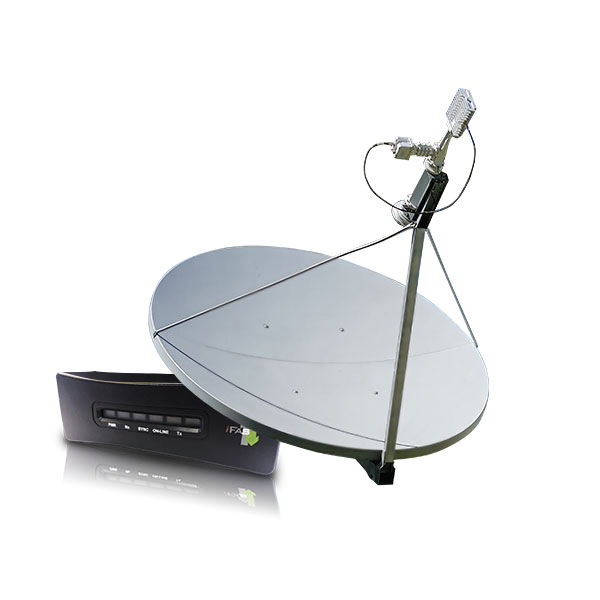Communications
Mobile

In today’s fast-paced world, mobile phones have become a primary means of communication.
According to GSMA, a mobile operator association, 66.5% of the world's population owns a mobile device.
The technology has advanced rapidly and now 5 billion people carry smartphones full of apps you did not even know you needed.
But they don’t work anywhere in the world, they're going to need local infrastructure. You’re not getting your mobile to work in the middle of the ocean or at the poles.
VHF

Very high frequency (VHF) is the International Telecommunications Union's (ITU) designated range of radio frequency electromagnetic waves from 30 MHz to 300 Mhz.
Uses for VHF are FM radio broadcasting, television broadcasting, land mobile stations (emergency, business,
private use and military), long range data communication up to several tens of kilometres with radio modems,
amateur radio and marine communications. Air traffic control communications and air navigation systems.
VHF is ideal for short-distance terrestrial communications, transmissions are restricted to the local radio horizon less than 100 miles.
VHF is blocked by land features such as hills and mountains.
Sat Phones

A satellite telephone or satphone is a type of mobile phone that connects to satellites instead of terrestrial cell sites.
They provide similar functionality to terrestrial mobile telephones including voice, short messaging service and low-bandwidth internet access.
Satphones are ideal for use by expeditions into remote areas where terrestrial cellular service is unavailable.
Terrestrial cell antennas and networks can be damaged by natural disasters. Satellite telephony can avoid this problem and be useful during natural disasters.
VSAT internet

VSAT or very small aperture terminal is a two-way satellite ground station with a dish antenna that is smaller than 3 meters. Data rates typically range from 56 kbit/s up to 4 Mbit/s.
VSATs access satellites in orbit to relay data from small remote terminals to other remote terminals.
VSATs are most commonly used to transmit broadband data and are therfore used for the provision of satellite Internet access to remote locations, VoIP or video.
This system is ideal for those travelling to romote regions of the world and need to keep in touch.
Starlink

The Starlink project is a satellite-based internet service that will provide high-speed, low-latency connectivity to users worldwide.
SpaceX, the company owned by Elon Musk, has a plan of deploying about 42,000 satellites in the earth’s atmosphere.
They will be placed at a distance of about 200 to 400 miles above earth’s surface. Each satellite with other satellites on the network uses laser beams.
The plan is to provide up to 1 terabit per second of total capacity.
The pros of SpaceX’s Starlink satellites are that they will provide high-speed internet to remote world areas.
They will also be able to provide internet during natural disasters or other emergencies when other communications networks might not work.
Major cons are – there are concerns about what this might do to our environment and how it could affect the day/night cycle on Earth.


